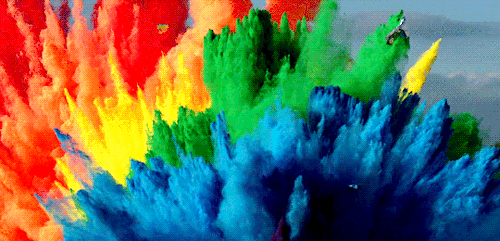Section outline
-
Welcome Note
Dear Students,
Assalamu Alaikum and a very warm welcome to all of you.
This is Dr. Mainul Morshed, and I am here to conduct your new course Textile Wet Process-II and share and learn something new about the world of Wet Processing. So, let's gather knowledge with you all together. Feel free to approach me any kind of problem.
This course aims to provide students with an in-depth knowledge of the principles of textile preparatory processes and develop the students’ understanding on the important concept and technology of textile coloration.
Thank you very much.
Regards,
Course Teacher
Dr. Mainul Morshed
Assistant Professor
Department of Textile Engineering
Faculty of Engineering
Daffodil International UniversityCell : +8801406238336
Email : mainul.te@diu.edu.bdGeneral Course Description :
Course Title: Textile Wet Process- II
Course Code: TE 313
Credit Hours: 3 (Theory, 3 contact hours per week)
Prerequisite: TE-209 (Textile Wet Process-I)
Course Level: Level 3 Term 1
Course Objectives :
After the completion of this course, students will be able to-
1. Learn in-details about dyeing process of textiles with reactive, sulphur, azoic and disperse dyes by using discontinuous and continuous methods.
2. Know about printing process of woven and knit fabrics with reactive, sulphur, azoic and disperse dyes by using different methods, including block, screen and roller printing methods.
3. Attain knowledge about important chemical and mechanical finishes, such as textile mercerization, resin finishing, water repellent finishing and shearing process.
Course Content:
1. Technology of Dyeing
a. Reactive Dyes
b. Sulphur Dyes.
c. Disperse Dyes.
d. Azoic Dyes.
2. Technology of Printing
a. Introduction of Textile Printing, Functions and Types of textile thickener.
b. Methods and Styles of textile printing.
c. Block Printing, Screen Printing, Roller Printing.
d. Printing Faults.
e. Direct, Resist, Discharge, Burnout, Flock styles.
3. Technology of Finishing
a. Introduction to Textile Finishing
b. Mercerization Process
c. Shearing Process
d. Resin Finish
e. Water Repellent & Water Proof Finish
-
- Fundamentals and Practices in Colouration of Textiles by J.N Chakrabarti
- Technology of Bleaching and Mercerizing by Dr. V.A Shenai (Vol-III)*
- Dyeing and Chemical Technology of Textile fibres by E.R Trotman*
- Textile Coloration & Finishing by Warren S. Perking
- Textile Printing by W. Miles
- Basic Principle of Textile coloration by Arthur D. Broadbent
-

